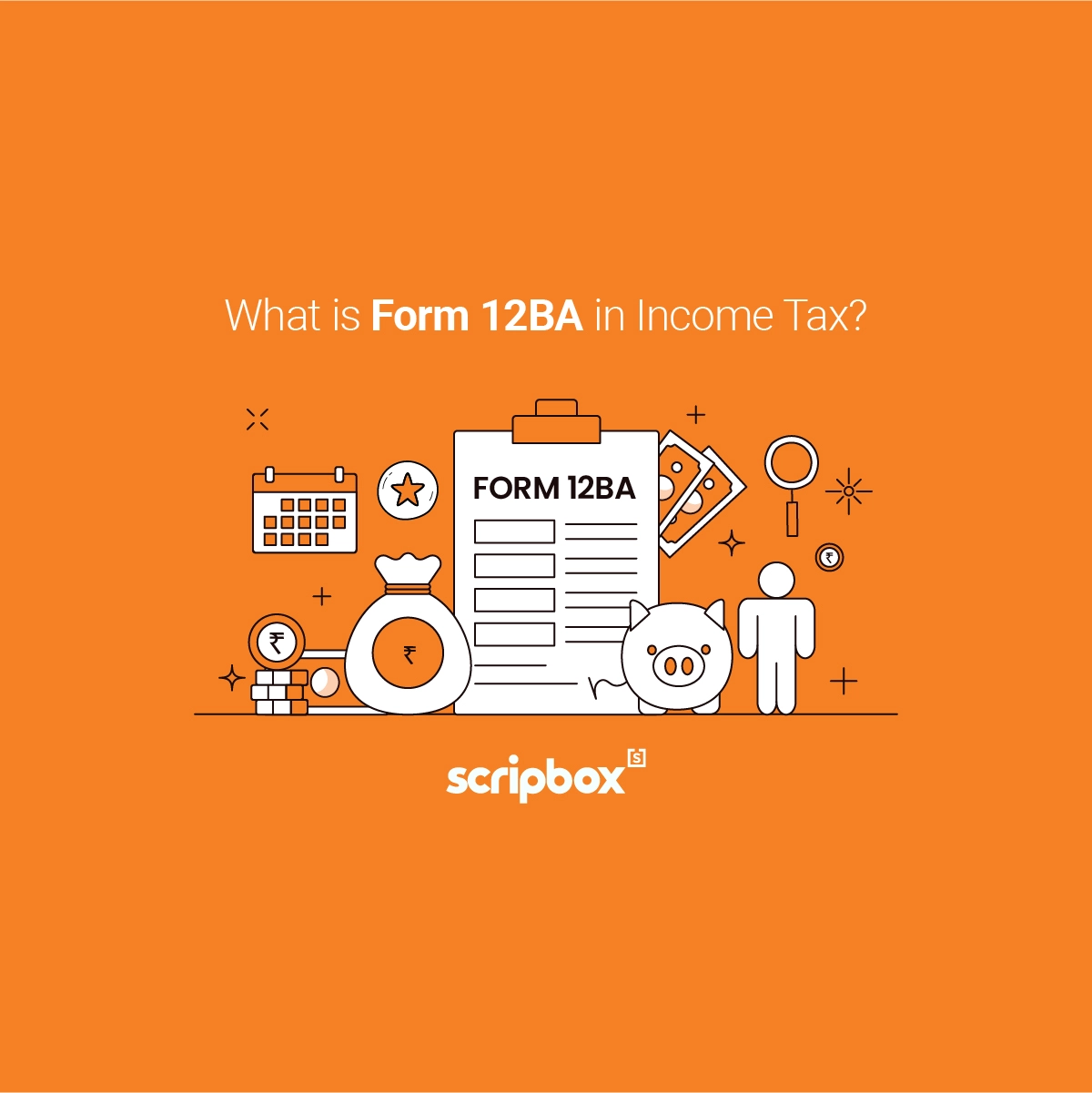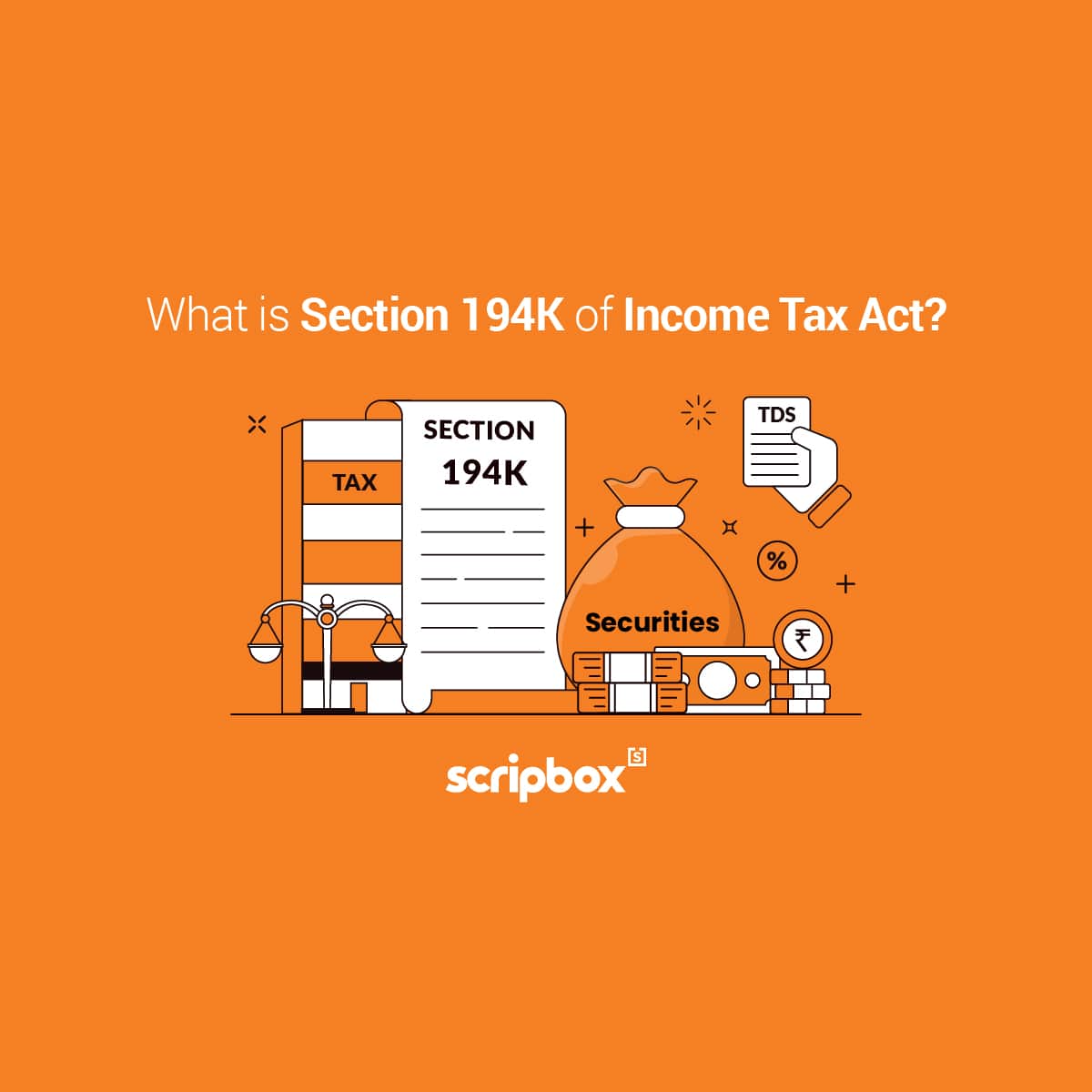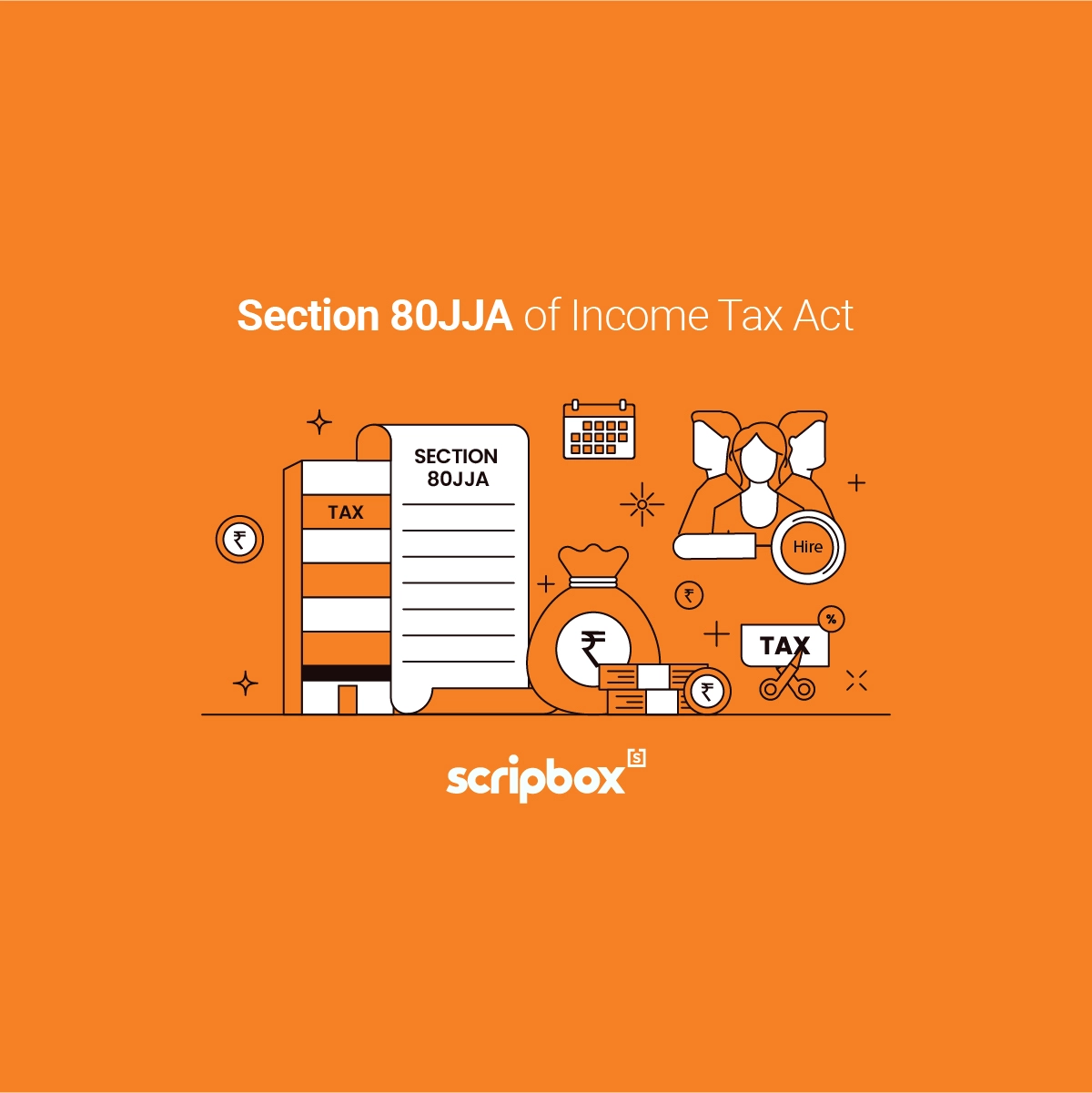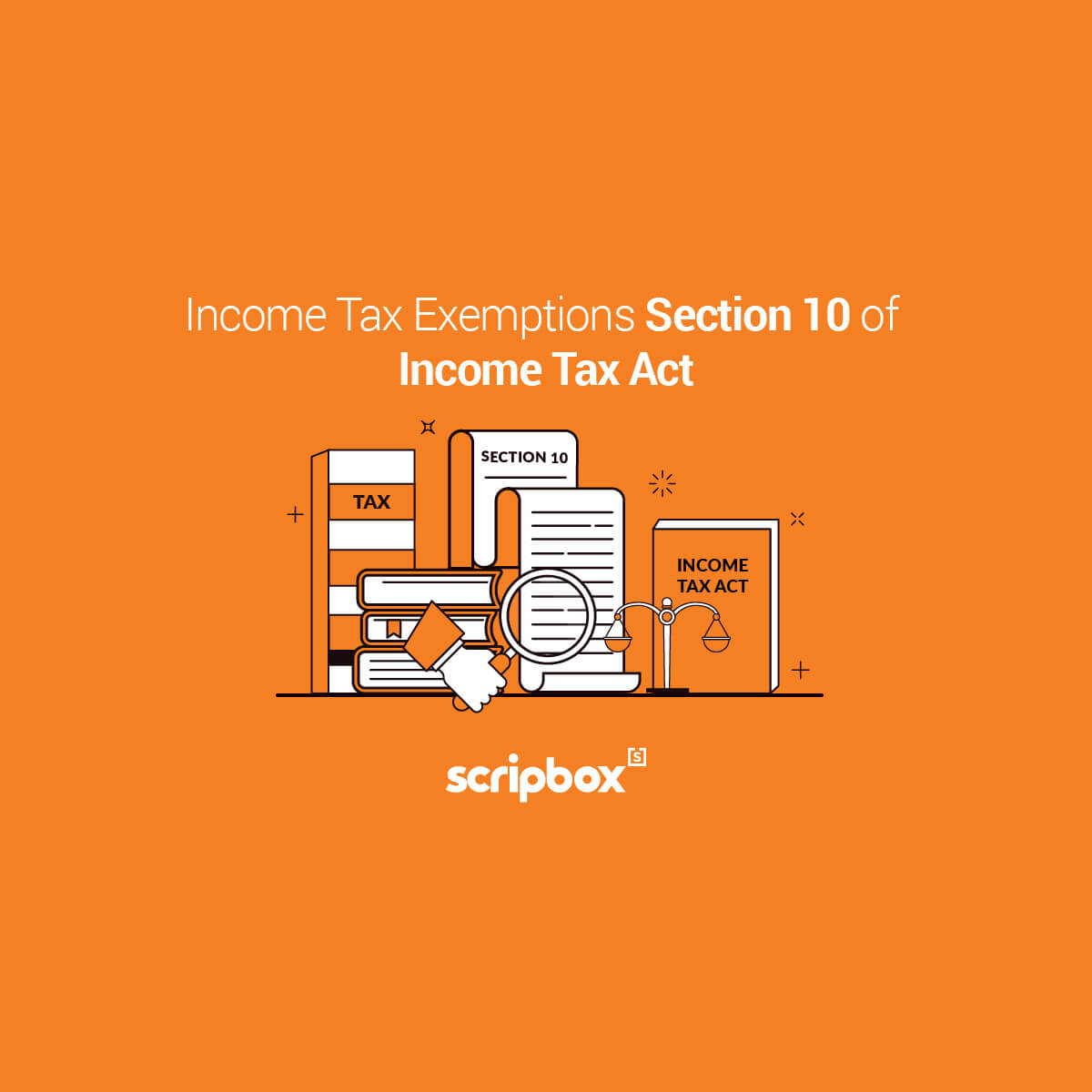What is Section 44AE of The Income Tax Act, 1961?
Section 44AE of the income tax act, 1961 is an income scheme introduced by the Income Tax Department for small and medium enterprises. The aim is to simplify the taxation compliances, provide relief from the tedious job of maintaining books of accounts, and provide a standard income calculation approach. The assessees opting for this presumptive taxation scheme need not maintain the books of accounts and get their books of accounts audited.
Applicability of Presumptive Income Scheme Under Section 44AE of Income Tax Act, 1961
The presumptive income scheme under section 44AE of the Income Tax Act, 1961 is applicable to all categories of taxpayers. The taxpayers including an individual, HUF, partnership firm, a registered company can opt for this scheme. Unlike other schemes like section 44AD, there is simply no restriction on any category of the taxpayers.
Eligible Business for Presumptive Income Scheme Under Section 44AE of Income Tax Act, 1961
An assessee who satisfies the following conditions is eligible for income scheme under section 44AE:
- The assessee is running the business of plying, hiring, or leasing such goods carriages
- Additionally, the assessee owns not more than ten goods carriages at any time during the previous year
The income from such business will be chargeable to tax under the head ‘Income from Business and Profession’. Such taxpayers who are opting for this scheme need to file ITR 4 on or before the due date of filing the income tax returns.
Meaning of Goods Vehicles and Heavy Goods Vehicle
For the purpose presumptive scheme under section 44AE from running the business plying, hiring, or leasing such goods carriages will be as follows:
Goods vehicle, goods carriage, or heavy goods vehicle shall have the meaning as assigned to each term under section 2 of the Motor Vehicles Act, 1988 (59 of 1988).
Further section 2 of the Motor Vehicles Act, 1988 (59 of 1988) defines goods carriage as any motor vehicle constructed or adapted for use solely for the carriage of goods, or any motor vehicle not so constructed or adapted when used for the carriage of goods
A heavy goods vehicle is defined as any goods carriage the gross vehicle weight of which, or a tractor or a road-roller the unladen weight of either of which, exceeds 12,000 kilograms.
Explore: Section 80EEB
How is presumptive income computed under section 44AE?
The income under section 44AE will be the aggregate of the profits and gains, from all the goods carriages owned by the assessee in the previous year. The goods carriage are divided into two categories i.e. heavy goods vehicles and other than heavy goods vehicles or light goods vehicles. The profits and gains from each goods carriage will be calculated as per the following conditions:
- Heavy goods vehicles
An amount equal to Rs 1000 per ton of gross vehicle weight or unladen weight for every month or part of a month during which the heavy goods vehicle is owned by the assessee in the previous year
Or
The amount the assessee claims to have from such heavy goods vehicle during the financial year
- Goods Vehicles other than heavy goods vehicles
A sum equal to Rs 7500 for every month or part of a month during which the assessee owns the goods carriage in the previous year
Or
The amount the assessee claims to have from such heavy goods vehicle during the financial year
Lastly, even if the assessee has taken such vehicles on hire or installments, the assessee will be treated as the owner of these vehicles. This treatment only for the purpose of computing the profit and loss under the presumptive taxation scheme.
Illustration on Calculation of Income Under Section 44AE
Illustration on Light Goods Vehicle
Mr. Aruns is running the business of hiring and leasing goods carriages. During the financial year he owns the vehicles as follows:
- Vehicle type A- 6 goods carriages from 1st April till 31st March
- Vehicle type B- 2 goods carriages from 13th May till 17th September
Computation of income under section 44AE
Firstly, since he is running the business of hiring and leasing goods carriages and owning less than 10 goods vehicles he is eligible for the scheme u/s 44AE.
Now let us calculate the profit and loss for the business run by Mr. Arun:
| Particulars | Amount | Amount |
| Income per month per vehicle | Rs 7,500 | |
| Vehicle Type A | ||
| No of Vehicles | 6 | |
| No of Months or part thereofFrom 1st April till 31st March | 12 | |
| Total IncomeRs 7500 * No of Vehicles * No of Months | Rs 7,500 * 6 * 12 | Rs 5,40,000 |
| Vehicle Type B | ||
| No of Vehicles | 2 | |
| No of Months or part thereofFrom 13th May till 17th September | 5 | |
| Total IncomeRs 7500 * No of Vehicles * No of Months | Rs 7,500 * 2 * 5 | Rs 75,000 |
| Grand Total Income under Section 44AEIncome from Vehicle Type A + Vehicle Types B | Rs 6,15,000 |
Illustration on Heavy Goods Vehicle
Miss. Puja is running the business of plying, hiring, and leasing of such goods carriages. During the financial year she owns the vehicles as follows:
- Vehicle type A- 4 goods carriages having a gross weight of 16,000 kilograms from 1st April till 31st December
- Vehicle type B- 3 goods carriages having a gross weight of 13,500 kilograms from 10th June till 23rd March
Computation of income under section 44AE
Firstly, since she is running the business of plying, hiring, and leasing such goods carriages. Secondly, she is owning less than 10 heavy goods vehicles with a gross weight of more than 12,000 kgs he is eligible for the scheme u/s 44AE.
Now let us calculate the profit and loss for the business run by Miss. Puja:
| Particulars | Amount | Amount |
| Income per month per vehicle | Rs 1,000 | |
| Vehicle Type A | ||
| No of Vehicles | 4 | |
| No of Months or part thereofFrom 1st April till 31st December | 9 | |
| Total IncomeRs 1000 * No of Vehicles * No of Months | Rs 1,000 * 4 * 9 | Rs 36,000 |
| Vehicle Type B | ||
| No of Vehicles | 3 | |
| No of Months or part thereofFrom 10th June till 23rd March | 7 | |
| Total IncomeRs 1000 * No of Vehicles * No of Months | Rs 1,000 * 3 * 7 | Rs 21,000 |
| Grand Total Income under Section 44AEIncome from Vehicle Type A + Vehicle Types B | Rs 57,000 |
Illustration on Light Goods Vehicle and Heavy Goods Vehicle
Mr. Amar is running the business of plying, hiring, and leasing of such goods carriages for the previous year. During the financial year he owns a total of 9 vehicles including light and heavy goods carriages as follows:
- Vehicle type A- 3 goods carriages having a gross weight of 12,000 kilograms from 1st April till 31st January
- Vehicle type B- 2 goods carriages having a gross weight of 17,000 kilograms from 18th August till 22nd February
- Lastly, Vehicle type C- 4 goods carriages from 7th April till 13th January
Computation of income under section 44AE
Mr. Amar can opt for the presumptive scheme under section 44AE for the following reasons:
- He is running the business of plying, hiring or leasing such goods carriages.
- He owns less than 10 goods vehicles during the financial year
- Lastly, he owns 5 heavy goods vehicles and the gross weight of these goods vehicles is more than 12,000 kgs
The computation of profit and loss will be on the basis of the type of goods vehicles and the period of owing such vehicles.
| Particulars | Amount | Amount |
| Income per month per heavy goods vehicle | Rs 1,000 | |
| Vehicle Type A | ||
| No of Vehicles | 3 | |
| No of Months or part thereofFrom 1st April till 31st January | 10 | |
| Total IncomeRs 1000 * No of Vehicles * No of Months | Rs 1,000 * 3 * 10 | Rs 30,000 |
| Vehicle Type B | ||
| No of Vehicles | 2 | |
| No of Months or part thereofFrom 18th August till 22nd February | 7 | |
| Total IncomeRs 1000 * No of Vehicles * No of Months | Rs 1,000 * 2 * 7 | Rs 14,000 |
| Income per month per light goods vehicle | Rs 7,500 | |
| Vehicle Type C | ||
| No of Vehicles | 4 | |
| No of Months or part thereofFrom 7th April till 13th January | 10 | |
| Total IncomeRs 1000 * No of Vehicles * No of Months | Rs 7,500 * 4 * 10 | Rs 3,00,000 |
| Grand Total Income under Section 44AEIncome from Vehicle Type A + Vehicle Types B + Vehicle Types B | Rs 3,44,000 |
Allowances and Disallowances Under Section 44AE
An assessee opting for the presumptive scheme under section 44AE will not be able to claim any deduction under the provisions of sections 30 to 38. For the purpose of section 44AE, any deduction under the provisions of sections 30 to 38 will be deemed to have been provided and no further deduction is allowed.
Further, a partnership firm is allowed to deduct only the salary and interest paid to its partner from the deemed income as per section 44AE.
Let us understand that with the help of an example:
Arun and Associates, a partnership firm is running the business of plying, hiring, and leasing goods carriages. During the financial year the partnership firm carries on the following transactions:
- Leasing 8 light goods vehicles from 1st April till 31st March
- Remuneration of the partners amounting to Rs 3 lakh
- Interest paid to partners amounting to Rs 1 lakh
The profit and loss under section 44AE will be calculated as follows:
| Particulars | Amount | Amount |
| Income per month per heavy goods vehicle | ||
| Rs 1000 * No of Vehicles * No of Months | Rs 1,000 * 8 * 12 | Rs 7,20,000 |
| Less: Remuneration paid to partners | Rs 3,00,000 | |
| Less: Interest paid to partners | Rs 1,00,000 | |
| Net Profit and Loss Under Section 44AE | Rs 3,20,000 |
Treatment of Depreciation under Section 44AE of Income Tax Act, 1961
The Income Tax Act, 1961 allows every assessee depreciation under section 32 against the assets used for the purpose of business or profession. However, an assessee who is an option for a presumptive income scheme under section 44AE is deemed to have been allowed all the expenditure from section 30 to section 38.
Hence, the depreciation under section 32 as well is deemed to have been allowed. However, for the purpose of calculation of the WDV of the assets, the assessee will have to calculate WDV as per section 32. The assets must be used for the purpose of the business.
Even if depreciation is not allowed as a deduction to the assessee, he/ she will have to calculate WDV assuming depreciation is actually allowed.
Provisions Relating to Maintenance of Books of Account and Audit
The Income Tax Department aims to simplify the taxation for small businesses through the introduction of various presumptive tax schemes. Like other presumptive tax schemes, the presumptive scheme under section 44AE provides relief to the taxpayers. Further, the assessee opting for the scheme need not maintain books of accounts and comply with tax audit requirements. The mandatory maintenance of books of accounts under section 44AA is not applicable to such assesses. Additionally, section 44AB relating to the audit of books of accounts also does not apply to these taxpayers.
explore our article on Section 80GGC
Frequently Asked Questions
No, the tax scheme under section 44AE is not compulsory for any assessee. This scheme is an option and any taxpayer is free to make such a choice. Section 44AE scheme provided a few benefits like simplified taxation, relief from maintenance, and audit of books of accounts. However, it also disallows all the deductions from section 30 to section 38. Hence, you must make your choice after thorough tax planning.
The primary condition for opting for the scheme is that the assessee must be running a business of plying, hiring, or leasing goods vehicles and does not hold more than 10 goods vehicles at any time during the financial year.
Hence, an assessee who owns more than 10 goods vehicles cannot opt for the presumptive taxation scheme under section 44AE.
No, there is no concession to taxpayers opting for the presumptive taxation scheme under section 44AE from the payment of advance tax. Hence, you will have to comply with advance tax compliances.
In case the actual income is less than the prescribed income under section 44AE then the taxpayer can declare the income at a lower rate. For example, if the actual income is Rs 2 lakh and income as per section 44AE is Rs 4 lakh then the taxpayer can declare such lower income. Here the taxpayer will have to maintain the books of accounts and ensure tax audit of such books of accounts.
Recommended Read: Income Tax Calculator
Popular Income Tax Sections
Related Articles
- What is Section 44AE of The Income Tax Act, 1961?
- Applicability of Presumptive Income Scheme Under Section 44AE of Income Tax Act, 1961
- Eligible Business for Presumptive Income Scheme Under Section 44AE of Income Tax Act, 1961
- Meaning of Goods Vehicles and Heavy Goods Vehicle
- How is presumptive income computed under section 44AE?
- Illustration on Calculation of Income Under Section 44AE
- Allowances and Disallowances Under Section 44AE
- Treatment of Depreciation under Section 44AE of Income Tax Act, 1961
- Provisions Relating to Maintenance of Books of Account and Audit
- Frequently Asked Questions


















Show comments